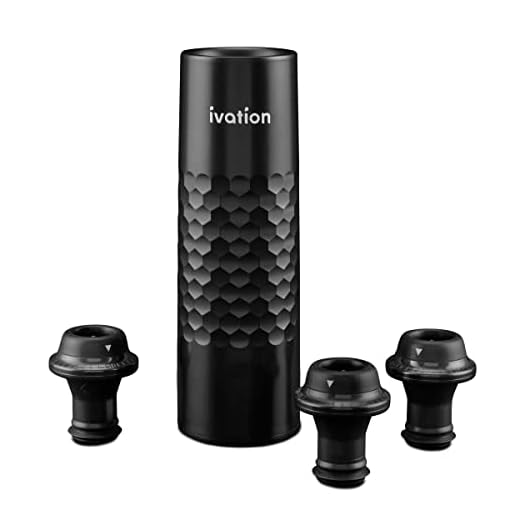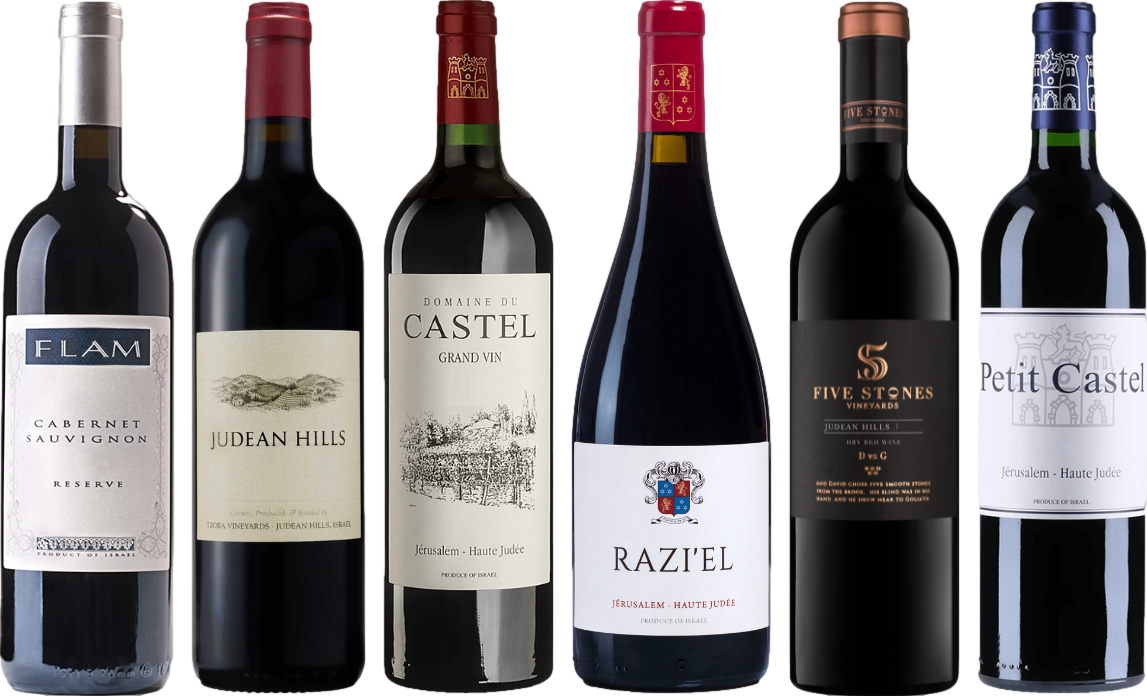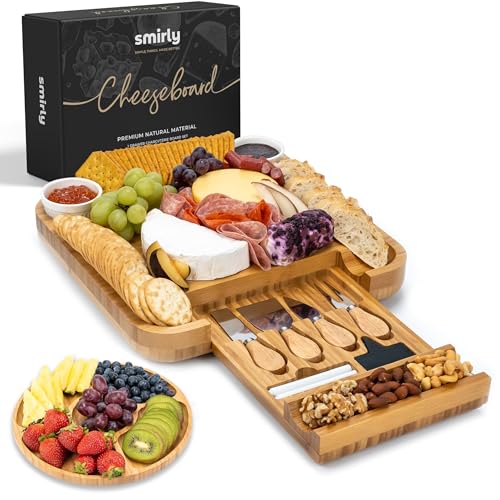



Chilling a bottle of your favorite varietal can enhance its flavors and aromas, especially in warmer weather. Storing a bottle in the fridge for a short period is generally acceptable, but the key lies in understanding the nuances of temperature and aging. A temperature between 55°F to 65°F is ideal for most full-bodied options, while slightly cooler conditions can benefit lighter styles. Thus, a brief stint in the refrigerator can be advantageous for a quick enjoyment.
However, long-term storage in the cold can lead to unwanted effects. Extended exposure to low temperatures may dull the wine’s character and disrupt its aging potential. If you plan to enjoy a bottle within a few days, a short stay in the fridge won’t harm it. Just be sure to allow it to warm slightly before serving to experience its full complexity.
Ultimately, the choice of cooling method depends on personal preference and the specific characteristics of the particular bottle. Experimenting with different storage techniques will help you discover what best suits your palate and enhances your enjoyment of every pour.
Storing Your Favorite Varietals in the Fridge
Chilling certain types of crimson beverages can enhance their taste and aroma. Ideal serving temperatures usually range from 55°F to 65°F. If you prefer a cooler experience, placing a bottle in the refrigerator for about 30 minutes before serving can be beneficial. This slight chill can accentuate fruity notes and balance tannins, making the experience more enjoyable.
Optimal Timing for Storage
For those who enjoy sipping throughout the week, consider short-term chilling. Once opened, a bottle can be stored in a cooler environment for up to five days. Just ensure to reseal it properly to maintain freshness. Using a vacuum pump can help eliminate air, preserving the quality of the liquid longer.
Different Varietals, Different Needs
Not all varieties respond the same way to cooler temperatures. Lighter styles, such as Pinot Noir or Gamay, often benefit from a brief stay in a cooler space. However, full-bodied options like Cabernet Sauvignon or Syrah might lose complexity if overly chilled. Experiment with different varietals to discover what suits your palate best.
Understanding the Impact of Temperature on Your Favorite Varietals
Serving this beverage at the right temperature significantly enhances its flavors and aromas. The optimal range for most varietals lies between 60°F and 65°F (15°C to 18°C), allowing the characteristics to shine without overwhelming the palate.
Effects of Temperature on Flavor Profiles
- High temperatures can accentuate alcohol, leading to a hot and unbalanced taste.
- Cooler temperatures suppress aromas, making it challenging to appreciate the complexities of the drink.
- Properly chilled options can highlight fruitiness and acidity, particularly in younger varietals.
Recommendations for Enjoyment
To achieve the desired temperature, consider the following:
- Store bottles in a wine fridge or a cool, dark place to maintain a consistent environment.
- Use an ice bucket for quick chilling, but limit exposure to ice to avoid overcooling.
- Allow the drink to breathe in a decanter for about 30 minutes before serving to enhance its bouquet.
For those looking to complement their culinary adventures, check out this guide on how to cook a beer can chicken on the grill, which pairs wonderfully with a well-served selection.
Best Practices for Storing Opened Wine
Seal the bottle tightly with a cork or a wine stopper to minimize exposure to air. This helps preserve the flavor and aroma of the beverage.
Keep the bottle upright to reduce the surface area exposed to oxygen. This is especially important for bottles with corks, as horizontal storage can lead to cork deterioration.
Store in a cool, dark place away from direct sunlight. Ideal temperatures range between 50°F and 65°F (10°C to 18°C). Avoid fluctuations that can affect quality.
Consider using a wine preservation system that removes air from the bottle. These devices can significantly extend the life of the opened bottle.
Consume within a few days for the best experience. Most opened bottles of red can last up to five days, while some may last longer if stored properly.
If you notice any off smells or tastes, it’s best to discard the contents. Freshness is key to enjoying the nuances of every sip.
Keep track of the date the bottle was opened. This simple practice helps ensure nothing is left beyond its prime.
- Seal the bottle tightly.
- Store upright to minimize air contact.
- Maintain a consistent, cool temperature.
- Use preservation systems if available.
- Consume within a few days.
- Discard if off smells or tastes are detected.
- Note the opening date for reference.
How Long Can You Refrigerate Red Wine?
Typically, a bottle of opened crimson beverage can be stored in a chilled environment for about 3 to 5 days. After this period, the flavors and aromas begin to diminish significantly. For optimal enjoyment, it’s advisable to consume it within this timeframe.
If the bottle is unopened, it remains stable in a cool place for several months, or even years, depending on the variety and quality. However, once opened, the exposure to air accelerates oxidation, which alters the taste profile. A vacuum pump can help extend freshness by minimizing air contact.
For those who prefer a slightly cooler serving temperature, placing the bottle in the refrigerator for short periods is acceptable, but avoid long-term storage in this environment. Too much cold can mute the intricate flavors that define the beverage.
Monitoring the condition of the liquid is essential. If it starts to smell vinegary or shows signs of spoilage, it’s best to discard it. Always trust your senses; they are reliable indicators of quality.
Choosing the Right Wines for Refrigeration
Opt for lighter varietals like Pinot Noir and Gamay. These selections thrive in cooler conditions and can maintain their integrity when chilled. Full-bodied options such as Cabernet Sauvignon and Malbec may not benefit as much from lower temperatures, potentially losing their nuanced flavors.
Pay attention to the fruitiness and acidity level of the bottle. Wines with higher acidity, such as Barbera or some Zinfandels, tend to excel when slightly chilled. They remain refreshing and vibrant, enhancing the overall tasting experience.
Consider the age of the bottle. Younger wines generally adapt better to cold storage than older ones. With aging wines, the complexity can diminish if subjected to lower temperatures, so evaluate the vintage before placing it in the fridge.
Utilize a quick temperature adjustment method. If a particular bottle needs chilling, place it in the refrigerator for about 30 minutes before serving. This ensures the optimal drinking temperature without risking spoilage.
| Wine Type | Recommended Temperature (°F) |
|---|---|
| Pinot Noir | 55-60 |
| Gamay | 54-58 |
| Barbera | 55-60 |
| Zinfandel | 56-60 |
| Cabernet Sauvignon | 60-65 |
| Malbec | 60-65 |
Experiment with different options to discover personal preferences. Each bottle reacts uniquely to temperature changes, so keep tasting and refining choices. This process enhances appreciation and understanding of the diverse world of wines.
Signs That Your Refrigerated Red Wine Is Still Good
Inspect for clarity; a clear appearance indicates freshness, while cloudiness may suggest spoilage. Look for sediment, which can occur naturally in older varietals, but excessive or unusual amounts might indicate a problem.
Check the aroma. A pleasant, fruity scent signals quality, while off-putting odors like vinegar or mustiness hint at deterioration. Swirling the glass can help release the bouquet, allowing for a better assessment.
Taste is paramount. A balanced flavor profile with appropriate acidity and fruitiness suggests the bottle remains in good condition. Bitter or overly sour notes signal a wine that has passed its prime.
Observe the cork. If it’s intact and not pushed out, the seal has likely remained effective. A cork that is compromised or crumbled can lead to oxidation, adversely affecting taste.
Monitor the color. Bright, vibrant hues indicate youthful vitality, whereas dull or brownish tones may reflect age or spoilage. The consistency of the color across the glass also matters; unevenness can be a red flag.
Finally, assess the temperature. If the liquid is too warm or shows signs of excessive chill, it may have experienced temperature fluctuations that could compromise quality. Consistency in storage temperature is key.
Common Misconceptions About Serving Temperature
Serving this type of beverage chilled is often misunderstood. Many believe that all varieties should be at room temperature, but that’s not universally true. The reality is that lighter-bodied options benefit from a slight chill, enhancing their freshness and aromatic qualities.
Temperature Ranges for Different Styles
Each type has its optimal temperature range. For instance, lighter selections are best served between 55°F to 60°F (13°C to 16°C). These temperatures allow the flavors to shine without overwhelming the palate. Conversely, full-bodied varieties can be enjoyed at slightly warmer temperatures, around 60°F to 65°F (16°C to 18°C), which helps to emphasize their complexity.
Impact of Temperature on Flavor Perception
Temperature significantly influences how flavors are perceived. Chilling can mute tannins and acidity, making the experience smoother and more enjoyable. On the flip side, serving at higher temperatures may bring out undesirable elements, amplifying bitterness or alcohol perception. Understanding these nuances leads to a more satisfying tasting experience.
Alternatives to Refrigeration for Red Wine Storage
Opt for a wine cellar or a temperature-controlled wine fridge to maintain optimal conditions for your favorite varietals. These solutions keep a consistent temperature between 50-65°F, which is ideal for preserving flavor and aromas.
If a dedicated wine storage unit isn’t available, consider a dark, cool closet or basement. Ensure the space is away from direct sunlight and temperature fluctuations, which can damage the wine over time.
Utilize a wine rack that allows for horizontal storage. This position keeps the cork moist, preventing it from drying out and air from seeping in, which can spoil the contents.
For short-term storage, wrap bottles in a towel and place them in a cooler with ice packs. This method is especially useful if you want to serve a bottle at a slightly cooler temperature without long-term chilling.
Invest in a vacuum pump to remove air from opened bottles. This tool slows down oxidation, preserving the integrity of the liquid for several days after opening.
Lastly, consider using wine preservation systems that infuse inert gas into the bottle. This method protects against oxidation and keeps the flavors intact longer than traditional storage methods.
FAQ:
Can red wine be stored in the refrigerator?
Yes, red wine can be stored in the refrigerator, especially if you plan to drink it within a few days. While red wine is typically served at room temperature, refrigeration can help preserve its freshness once it has been opened. It’s important to let the wine warm up slightly before serving for the best flavor.
What happens to red wine when it is refrigerated?
Refrigerating red wine slows down the oxidation process, which can help maintain its flavor and aroma. However, if red wine is kept in the fridge for too long, it may lose some of its character. Ideally, it should be consumed within a few days after opening. When you take it out, allow it to sit at room temperature for about 20-30 minutes before serving to enhance its taste.
Is it bad to refrigerate red wine for a long time?
Storing red wine in the refrigerator for an extended period is not recommended. While short-term refrigeration can preserve an opened bottle, long-term storage can lead to a loss of flavor and complexity. Red wines are best kept in a cool, dark place, ideally in a wine cellar or a wine fridge designed for long-term storage, where the temperature is stable.
Should I chill red wine before serving it?
Chilling red wine can enhance its refreshing qualities, especially lighter reds like Pinot Noir or Gamay. A slight chill, around 55-60°F (13-16°C), can be achieved by placing the bottle in the refrigerator for about 30 minutes before serving. However, heavier reds like Cabernet Sauvignon are typically enjoyed at slightly warmer temperatures, closer to room temperature.










